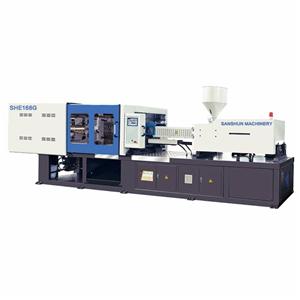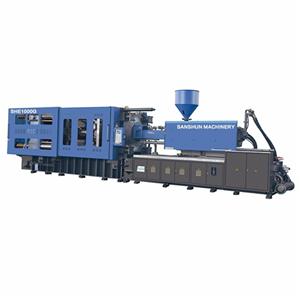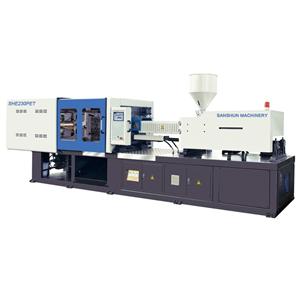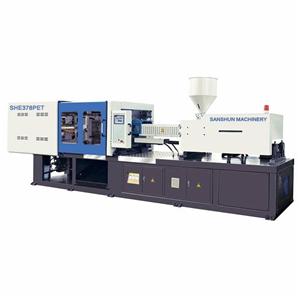- Home
- >
- News & Resources
- >
- Our Blog
- >
- Conditions required for PBT injection molding
One PBT molding performance
1. PBT has less hygroscopicity, but it is more sensitive to moisture at high temperatures. PBT molecules will be degraded during the molding process, the color will become darker, and the surface will have marks, so it should be dried.
2. PBT melt has excellent fluidity, so it is easy to form the thin-walled and complex-shaped products, but pay attention to mold overflow and nozzle drooling.
3. PBT has a clear melting point. When the temperature rises above the melting point, the fluidity will suddenly increase, especially to pay attention.
4. The processing range of PBT is relatively narrow, and it crystallizes quickly when cooled, and it has good fluidity, which is especially suitable for rapid injection.
5. PBT material has a larger shrinkage rate and shrinkage range, and the difference in shrinkage rate in different directions is more obvious than other plastics.
6. PBT is very sensitive to notches and sharp corners. It is prone to stress concentration at these locations, which greatly reduces the load-bearing capacity. It is prone to cracking under stress or impact, so pay attention to this when designing plastic parts. All corners, especially internal corners, should use arc transition as much as possible.
7. The elongation of pure PBT can reach 200%, so products with small depressions can be forced to release from the mold. However, after being filled with glass fiber or filler, its elongation is greatly reduced, and if there are depressions in the product, forced demolding cannot be implemented.
8. The flow channel of the PBT mold is preferably short and thick when possible, and the round channel is the best. Both ordinary modified and unmodified PBT can be used with ordinary runners, but glass fiber reinforced PBT can only achieve good results by hot runner molding.
9. The shearing effect of the point gate and the latent gate is large, which can reduce the apparent viscosity of the PBT melt and is beneficial to molding. It is a gate commonly used, and the gate diameter should be relatively large.
10. The gate is best to face the core cavity or core, so as to avoid spraying and minimize the backfill when the melt flows in the mold cavity. Otherwise, the product is prone to surface defects and deteriorate the performance.
Two main injection molding conditions of PBT
Barrel temperature
The choice of barrel temperature is very important for the formation of PBT. If the temperature is too low, the plasticization will be poor, which will cause the product to lack material, dents, uneven shrinkage and dullness. If the temperature is too high, it will cause serious drooling of the nozzle, overflow, darker color, and even degradation. Generally, the temperature of the barrel is controlled at 240 ~ 280 ℃, and the glass fiber reinforced PBT is controlled at 230 ~ 260 ℃. The nozzle temperature should be controlled at 5 ~ 10 ℃ lower than the temperature of the front part of the barrel.
Mold temperature
The mold temperature is directly related to the dimensional stability, warpage, molding cycle and crystallinity of the product. PBT is easy to crystallize, and it crystallizes quickly even at room temperature, so the mold temperature does not need to be too high, usually, 40 ~ 60 ℃, while the mold temperature of glass fiber reinforced PBT is slightly higher, usually 60 ~ 80 ℃.
Injection pressure
PBT has low melt viscosity and good fluidity. Medium injection pressure can be used, generally 60 ~ 90MPa, glass fiber reinforced PBT is 80 ~ 100MPa, usually, the injection pressure increases with the thickness of the plastic parts, but not more than 100MPa Otherwise, it will make demolding difficult.







